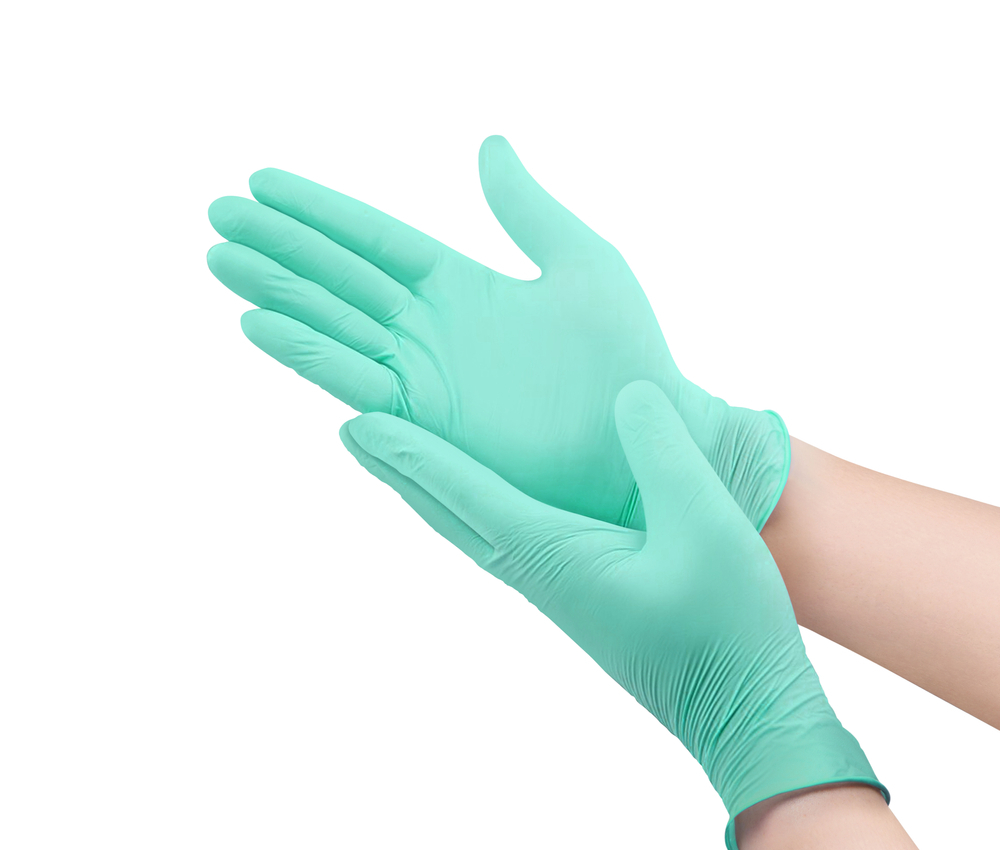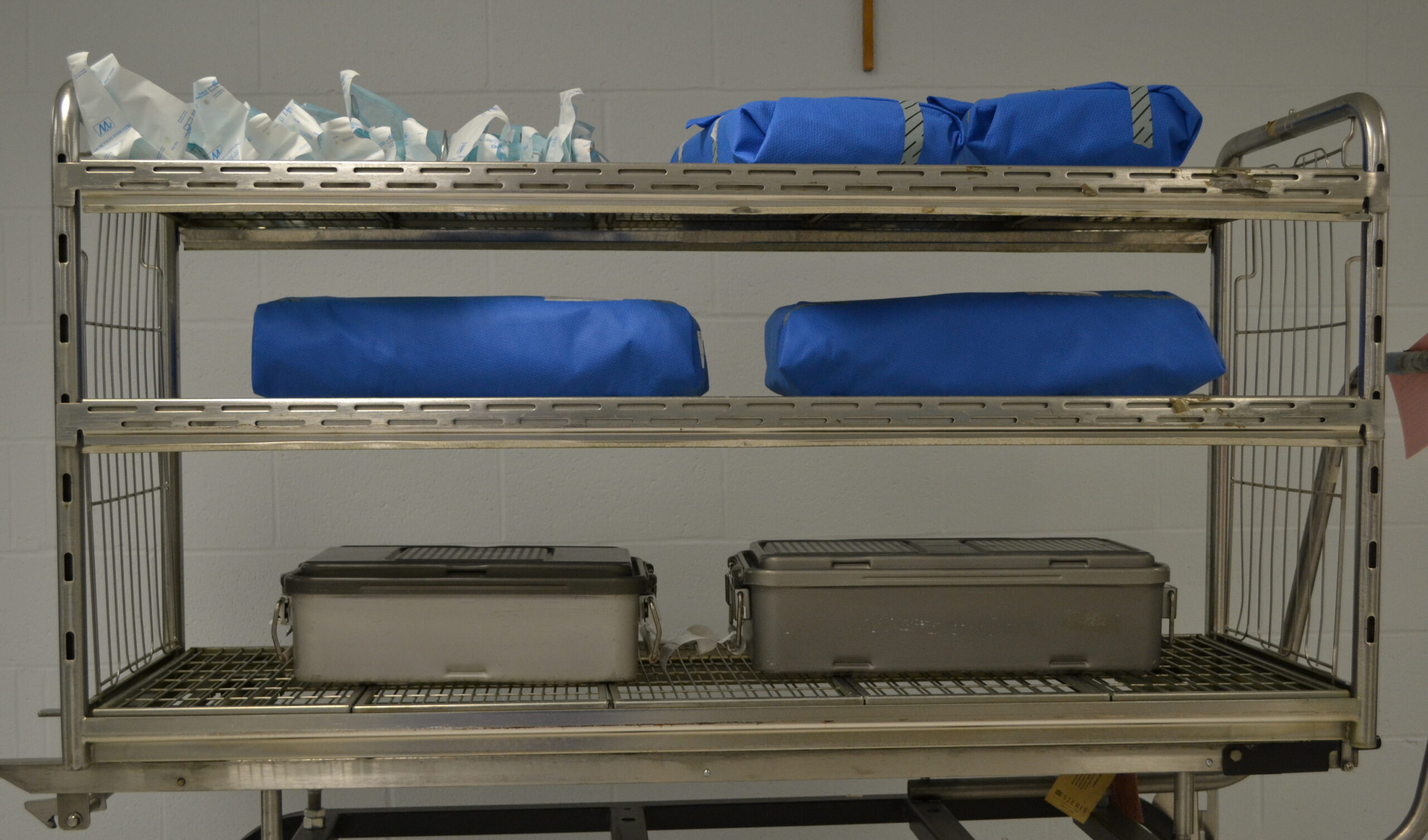Borescope inspections reveal widespread contamination in lumened surgical instruments

Editor's Note Conventional cleaning protocols fail to remove visible soil and debris from lumened surgical instruments, raising urgent concerns about patient safety and sterilization efficacy. That’s the central finding of a study published February 11 in The American Journal of Infection Control, which used borescopes to inspect the lumens of…
Literature review: Endoscope disinfection failures highlight need for stronger sterilization practices

Editor's Note High-level disinfection (HLD) fails to reliably eliminate harmful microbes from flexible endoscopes in real-world healthcare settings, according to a review of endoscope processing effectiveness published April 8 in the American Journal of Infection Control. The review highlights routine breaches in cleaning protocols and links contaminated endoscopes to numerous…
4 ways ASCs balance strict infection control, limited resources

Reduced costs, faster recovery, and other advantages can make outpatient surgical procedures more convenient for providers and patients alike. Ambulatory surgery centers (ASCs) are incredibly safe, but a lot of work goes into infection control. Cross-trained staff often wear many hats, and limited budgets may not leave room for dedicated…
Study: Post-laparotomy incisional negative pressure wound therapy fails to reduce infection risk

Editor's Note A large international clinical trial found that incisional negative pressure wound therapy (iNPWT) does not reduce surgical site infections (SSIs) following emergency laparotomy. The SUNRRISE trial, conducted across 34 hospitals in the UK and Australia and published January 27 in Jama Network, randomized 821 patients to receive either…
Infection control guidelines focus on regional anesthesia, pain management

Editor's Note New infection control recommendations from the American Society of Regional Anesthesia and Pain Medicine (ASRA Pain Medicine) are purportedly the first comprehensive guidelines tailored specifically for regional anesthesia and interventional pain management procedures, such as cortisone injections and drug-delivery implants. As detailed in the organization’s January 21…
Medical device shortages present pediatric patient challenges, FDA warns

Editor's Note Although medical device shortages threaten all patients, a recent FDA announcement highlights particular risks for pediatric populations who require size-appropriate equipment. “From ventilators and neonatal breathing tubes to hemodialysis catheters, the scarcity of these critical devices poses a growing threat to patient care – especially for our youngest…
AAMI updates sterilization materials compatibility guidance

Editor's Note The Association for the Advancement of Medical Instrumentation (AAMI) has released the updated AAMI TIR17:2024; Compatibility of Materials Subject to Sterilization, its first revision since 2017. This guidance provides essential information for medical device manufacturers, designers, and sterilization professionals on how sterilization methods impact materials and packaging. Updates…
Mastering CMS regulations: How to ensure a finding-free Joint Commission survey

Takeaways • Requirements for improvement and condition level deficiency findings have been trending up in recent The Joint Commission surveys. • The scoring trends and OR hot spots focus on infection control, medication management, national patient safety goals, post-surgical electronic health record tracers, and transplant (tissue) safety. • Federal regulations,…
Practice updates ease steam sterilization balancing act

Reliable and robust enough for daily use on most medical devices, steam is the most common sterilant in healthcare facilities. However, using steam properly requires a balancing act. For example, too much moisture can lead to wet packs, while steam that is too dry might not be sufficient to achieve…
Updated AAMI standard addresses chemical sterilization safety, compliance

Editor's Note New guidance from The Association for the Advancement of Medical Instrumentation (AAMI) addresses regulatory and safety concerns for hospitals using ethylene oxide (EO) for medical device sterilization—a pressing concern due to EO’s effectiveness but associated health risks. ANSI/AAMI ST58:2024, an update on chemical sterilization and high-level disinfection practices…

 Free Daily News
Free Daily News